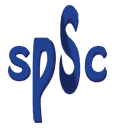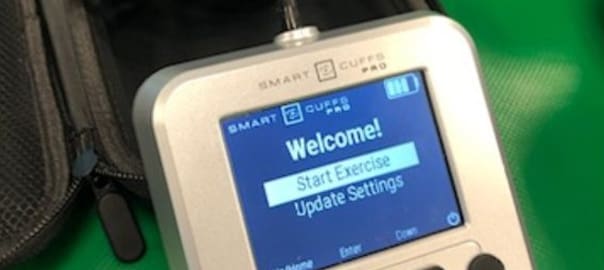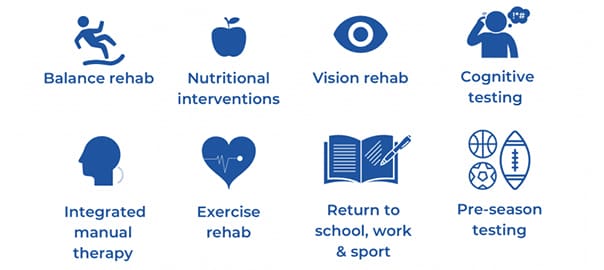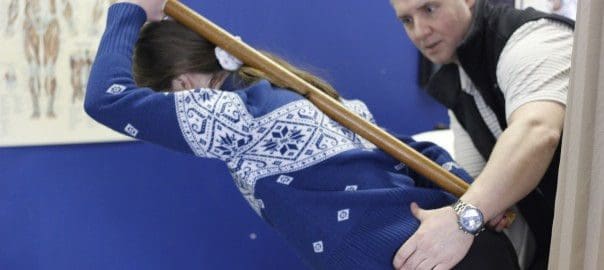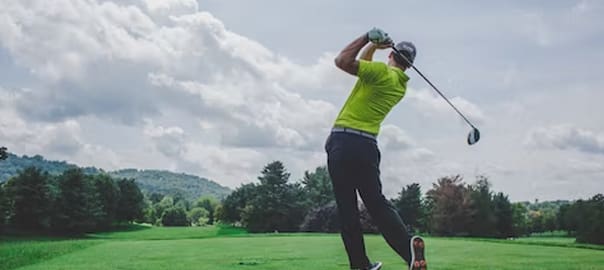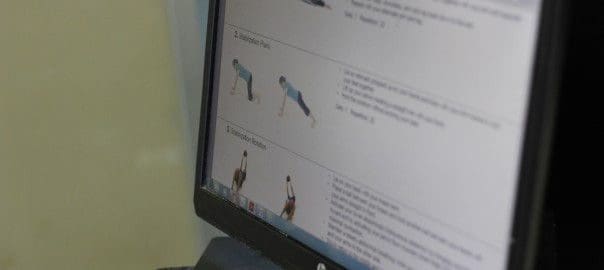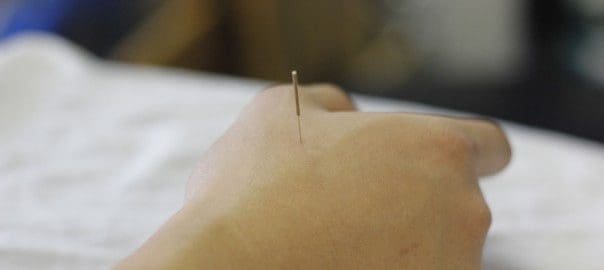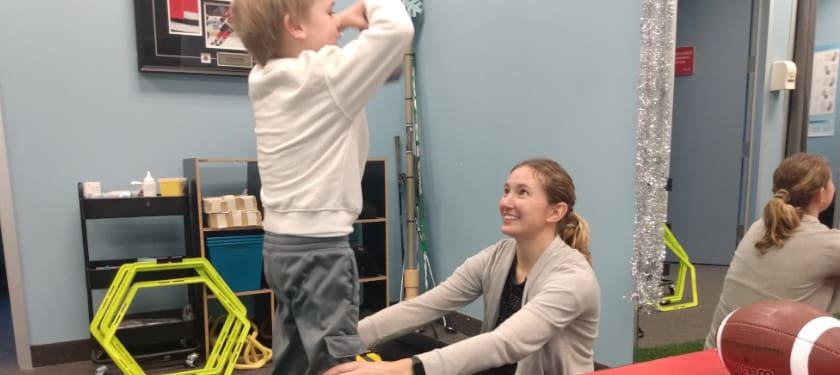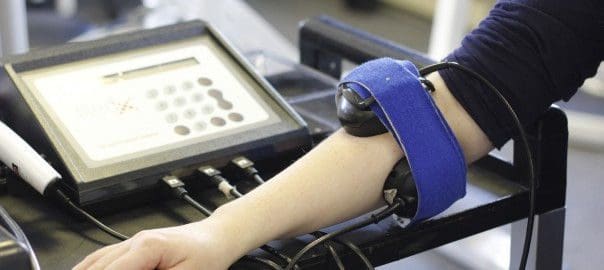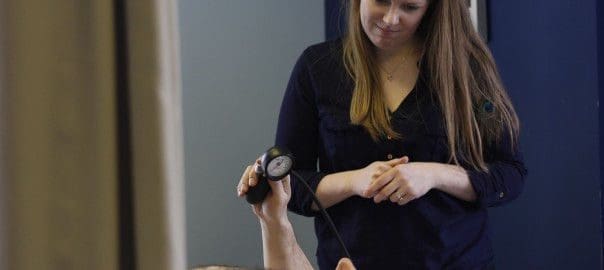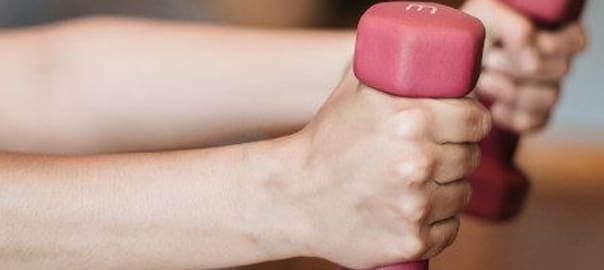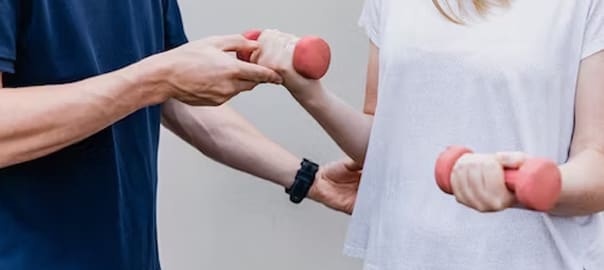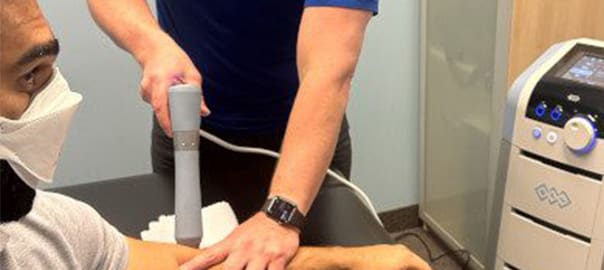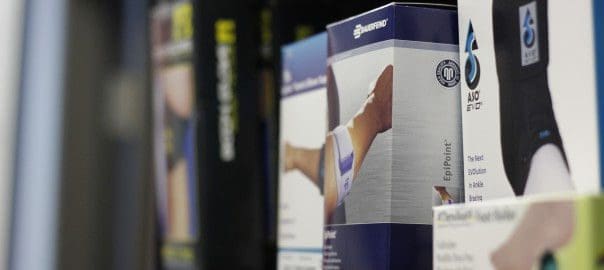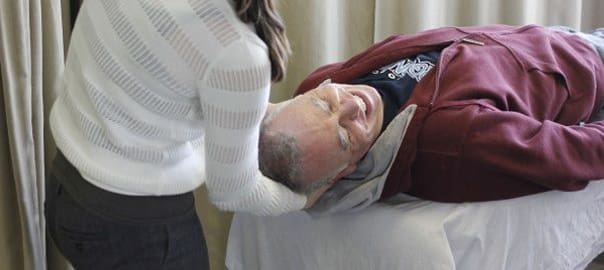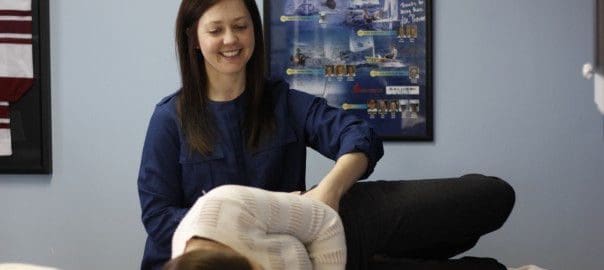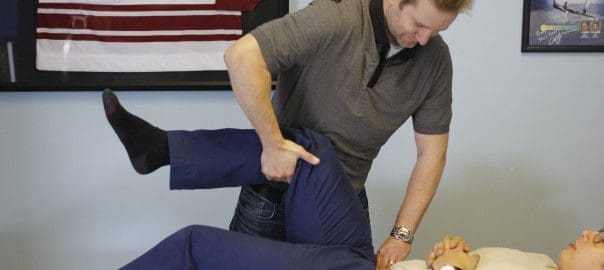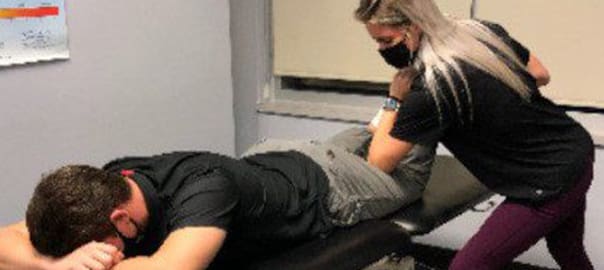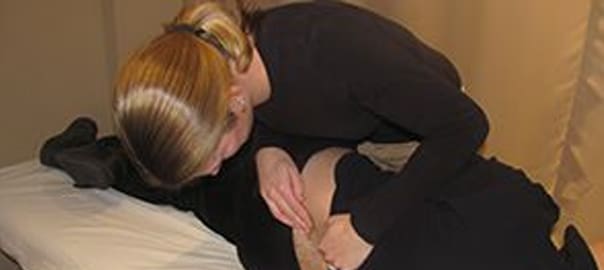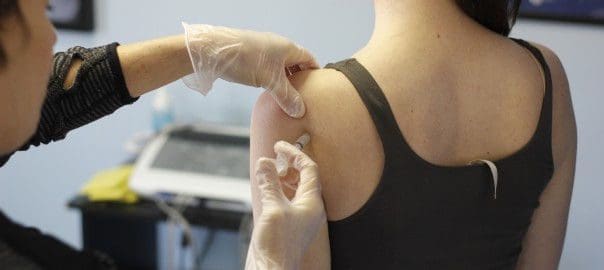Sheddon Services
Other Core Services
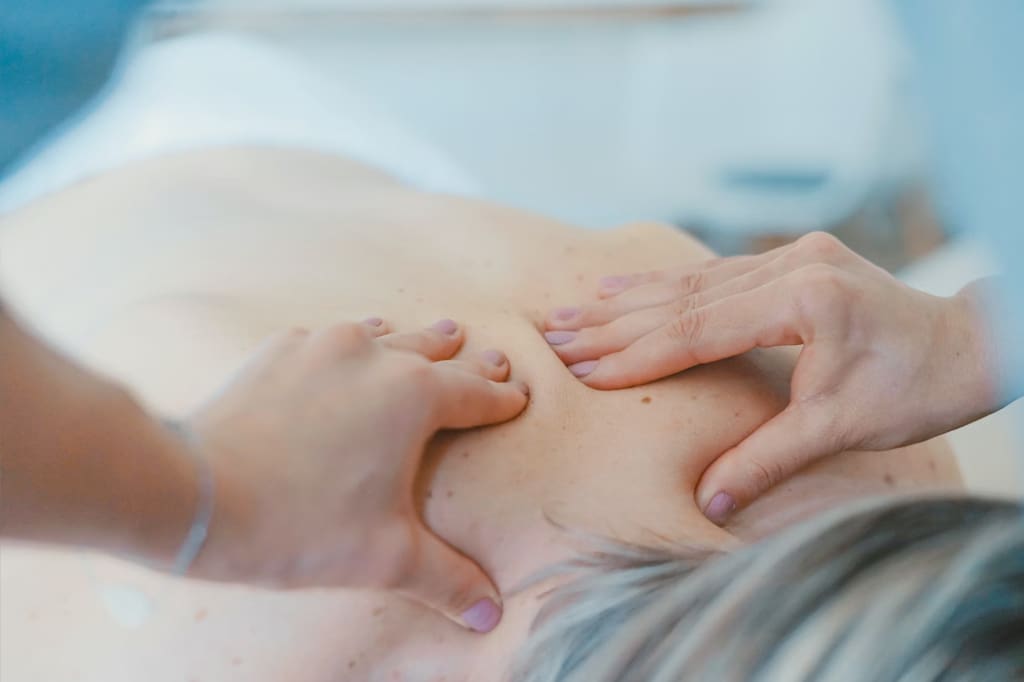
Manual and Manipulative Therapy in Oakville and Burlington
At Sheddon Physiotherapy and Sports Clinic in Burlington and Oakville, the use of Manual and Manipulative Therapy is a priority in the comprehensive approach to treating a number of different injuries. This specialized therapeutic method enhances the effectiveness of the healing process, addressing a wide range of conditions from minor strains to persistent issues. The therapists at Sheddon use hands-on techniques as a key component of their diagnostic and treatment plans, which allows them to identify and target movement restrictions, tailoring their interventions to promote optimal recovery and improved function. This patient-centered approach underscores Sheddon’s commitment to providing personalized, hands-on care to each patient.
What is Manual and Manipulative Therapy?
Manual and Manipulative Therapy is a specialized hands-on approach used by skilled physiotherapists to diagnose and treat a variety of musculoskeletal issues. This technique involves movements and adjustments applied to joints, muscles, and soft tissues to alleviate pain, improve mobility, and restore optimal function. Through targeted assessments, therapists identify movement restrictions and use hands-on techniques to address these issues. The goal is to enhance the body’s natural healing processes, promoting better alignment, reducing muscle tension, and fostering overall well-being. Whether it’s treating acute injuries or chronic conditions, Manual and Manipulative Therapy offers a personalized and focused pathway to recovery.
What does Manual and Manipulative Therapy Involve?
This list outlines the different techniques and approaches that physiotherapists may use within the realm of manual therapy to address various musculoskeletal issues and enhance overall well-being.
Soft Tissue Mobilization:
Hands-on techniques are applied to muscles, tendons, and ligaments to alleviate tension, improve flexibility, and promote healing.
Joint Mobilizations:
Gentle movements of a patient’s joints to enhance mobility, reduce stiffness, and address joint dysfunction.
Joint Manipulations:
Precise and controlled adjustments to joints.
Massage Techniques:
Varied strokes, kneading, and pressure applied to soft tissues to relieve muscle tension, enhance circulation, and reduce pain.
Myofascial Release:
Techniques targeting the fascia, the connective tissue surrounding muscles, to release tension and improve flexibility.
Trigger Point Therapy:
Focused pressure applied to specific points (trigger points) to alleviate pain and discomfort.
Stretching Exercises:
Guided and controlled stretching routines to improve flexibility, range of motion, and alleviate muscle tightness.
Therapeutic Exercises:
Prescribed exercises tailored to address specific musculoskeletal issues and support rehabilitation.
Neuromuscular Techniques:
Methods that address the relationship between the nervous system and musculoskeletal system for pain relief and improved function.
Manual Traction:
Application of controlled pulling forces to lengthen the spine or a specific joint, reducing compression and promoting relief.
What are the Benefits of Manual and Manipulative Therapy?
Manual and Manipulative Therapy presents a number of different benefits, including:
Pain Relief:
Manual therapy can help alleviate musculoskeletal pain, including joint stiffness and muscle tension.
Improved Mobility:
Manual therapy enhances joint mobility and flexibility, fostering a more fluid range of motion.
Improved Circulation:
Manual therapy enhances blood circulation, promoting blood flow to tissue.
Muscle Flexibility:
Manual therapy can improve joint flexibility, reducing stiffness and promoting a broader range of motion.
Tissue Healing:
Manual therapy stimulates blood flow supporting the body’s natural healing processes.
Reduced Inflammation:
Manual therapy can help decrease inflammation around affected areas, aiding in pain reduction.
Individualized Care:
Manual therapy allows for personalized treatment plans tailored to each patient’s unique needs and condition.
Postural Improvement:
Manual therapy can contribute to better posture by releasing tension and correcting imbalances.
Faster Recovery:
Integrating manual therapy techniques can speed up the recovery process.
Improved Joint Function:
Manual therapy can enhance joint function, restoring optimal movement patterns.
How Does a Physiotherapist Become a Manual and Manipulative Therapist?
The physiotherapists at Sheddon Physiotherapy and Sports Clinics in Oakville and Burlington have all pursued different certifications or diploma programs that focus on manual therapy techniques, musculoskeletal assessment, and evidence-based practice. These programs often include a combination of theoretical coursework, hands-on practical training, and exams to ensure that the therapists have an understanding of the biomechanics and pathology of musculoskeletal conditions.
One program that some physiotherapists at Sheddon have undergone is the FCAMPT program. The program involves a combination of intensive coursework, mentorship, and clinical practice. Physiotherapists pursuing FCAMPT certification undergo a rigorous process that includes the completion of several levels of training, theoretical examinations, and practical assessments. Therapists learn to assess and treat complex musculoskeletal conditions with a high level of proficiency. The mentorship component is a crucial aspect of the program, allowing candidates to receive guidance from experienced FCAMPT instructors.
At Sheddon Physiotherapy and Sports Clinics Oakville Burlington, a commitment to excellence in patient care is underscored by the diverse expertise of its therapists. Each physiotherapist has undertaken various courses in manual therapy, showcasing a dedication to continual learning and professional development. This unique blend of training ensures that each therapist at Sheddon brings a distinct skill set to their practice.
Frequently Asked Questions
How does Manual Therapy differ from other forms of physiotherapy?
- Manual therapy specifically emphasizes hands-on techniques, such as soft tissue release, joint mobilizations and manipulations, to address movement restrictions and alleviate pain in the musculoskeletal system. It is a specialized form of physiotherapy focused on manual interventions.
Is Manual and Manipulative Therapy painful?
- The therapy aims to minimize discomfort, and many patients experience relief from pain and improved mobility after sessions. The level of discomfort may vary depending on the individual’s condition and sensitivity.
Can Manual and Manipulative Therapy be used in conjunction with other treatments?
- Yes, manual therapy can be integrated into a comprehensive treatment plan that may include exercise, education, and other physiotherapy modalities, depending on the individual’s needs.
We are located only 6 min East of Oakville Place and 4 min from Oakville & Milton Humane Society.
The Burlington physio clinic is located only 8 min north-east of LaSalle Park and 10 min north of Burlington Golf & Country Club, on Plains Rd East.
Don't settle on your Health
Other Services
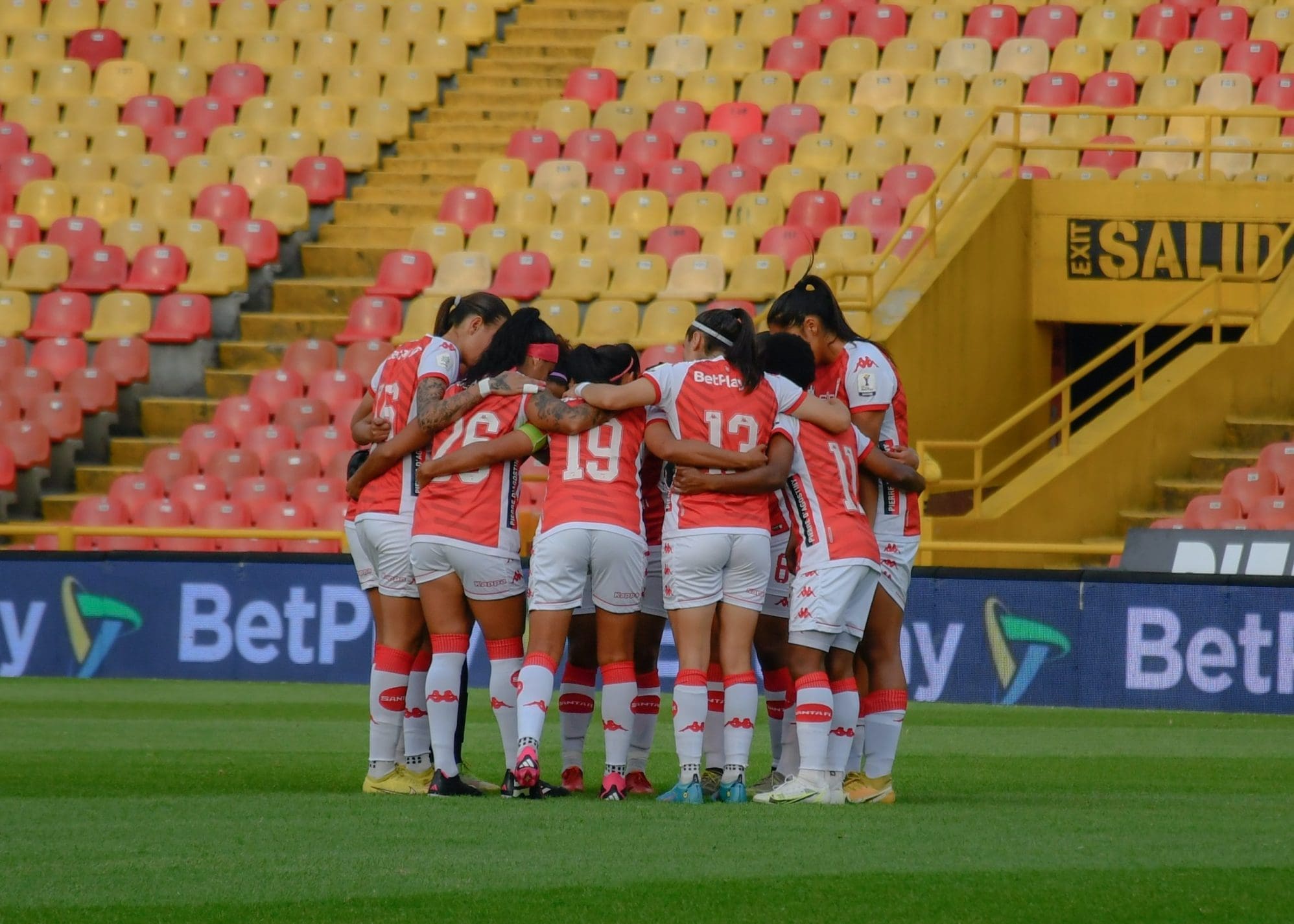
Sports Injury Rehabilitation in Oakville and Burlington
Treating athletes is a whole different ballgame. At SPSC, we have been treating athletes of all ages and levels, including clientele from a variety of major sports teams and organizations,
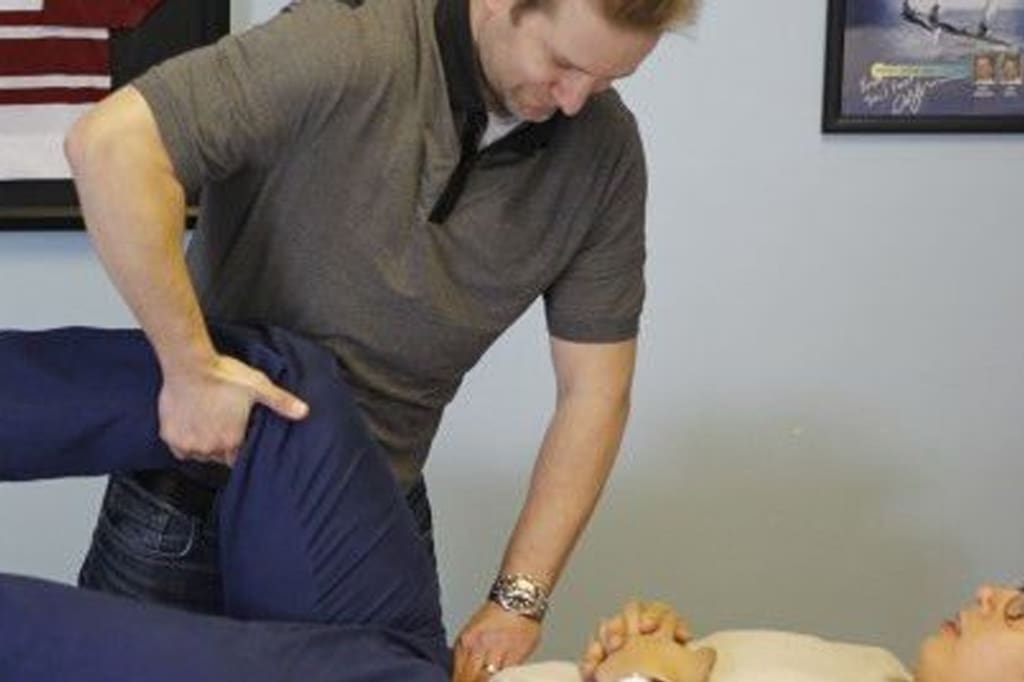
Active Release Therapy (ART) in Oakville and Burlington
What is Active Release Therapy? Active Release Therapy (ART) is a specialized hands-on treatment designed to address soft tissue injuries and alleviate musculoskeletal discomfort. In ART, therapists (like our physiotherapists

Manual and Manipulative Therapy in Oakville and Burlington
At Sheddon Physiotherapy and Sports Clinic in Burlington and Oakville, the use of Manual and Manipulative Therapy is a priority in the comprehensive approach to treating a number of different
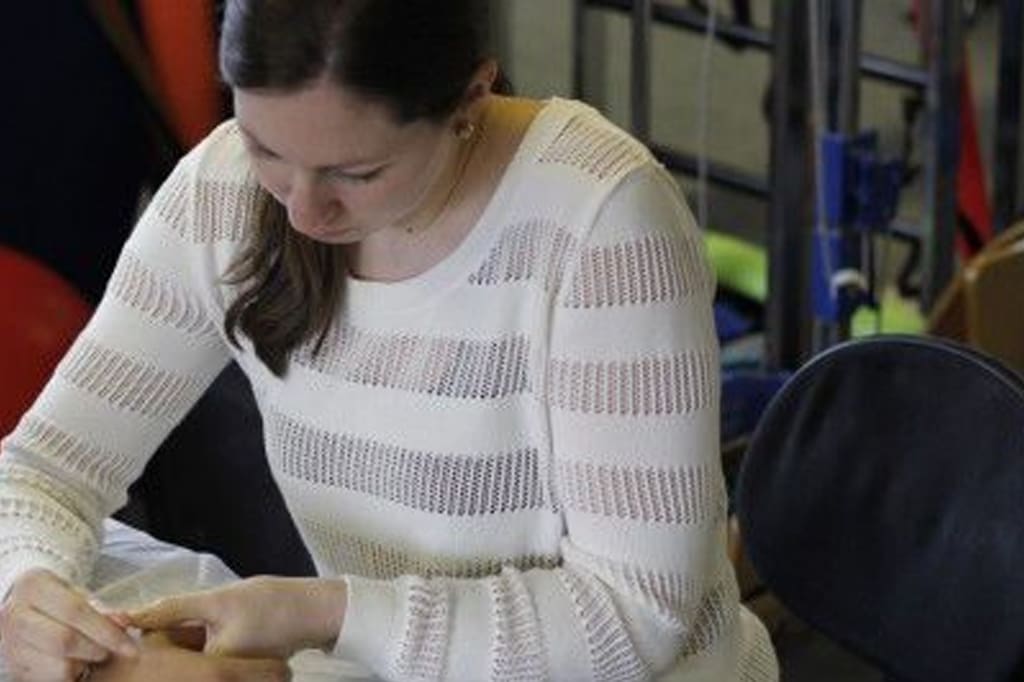
Acupuncture Services in Oakville and Burlington
For anyone recovering from a sports injury, surgery, or everyday aches and pains, rehabilitation is critical to improve function, relieve pain and get you back to optimal performance. In addition
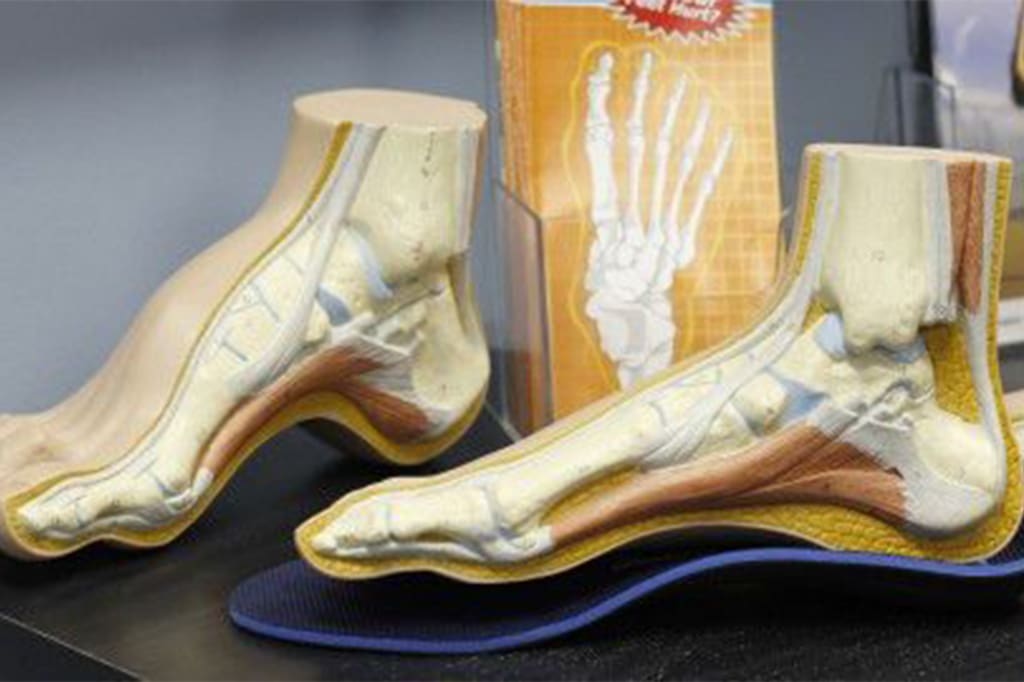
Orthotics in Oakville and Burlington
Just as a building relies on a stable foundation to ensure its structural integrity, our body's foundation lies in our feet. When the supporting structures of the feet are imbalanced,
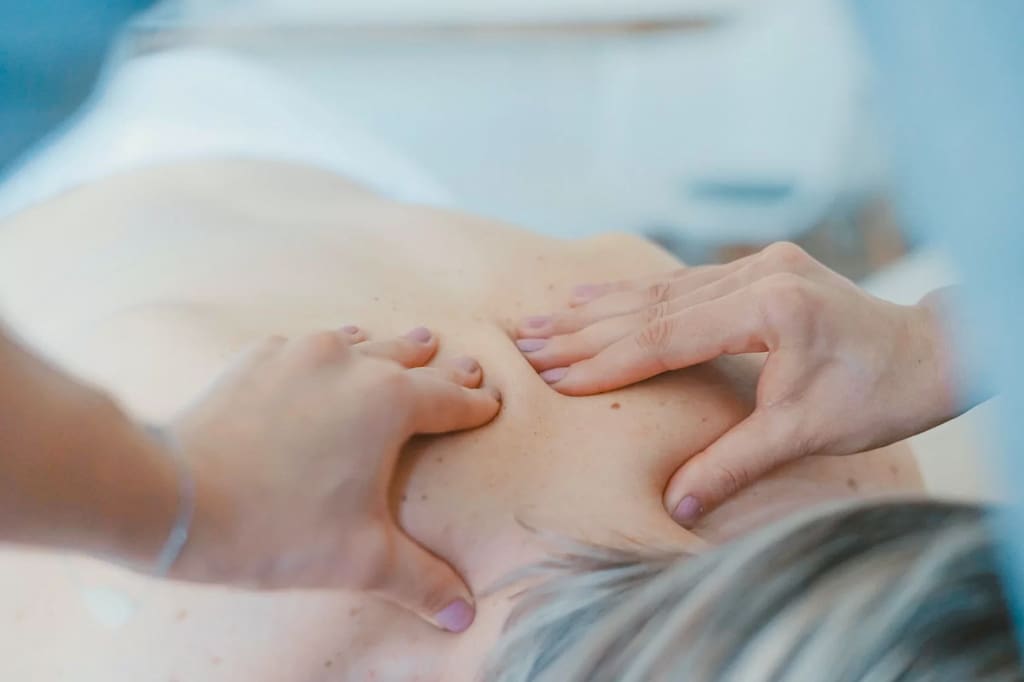
Massage Therapy Services in Oakville and Burlington
Massage therapy is a form of manual therapy that involves manipulating the muscles, tendons, ligaments, and soft tissues of the body to promote health and well-being. Massage therapists use their
